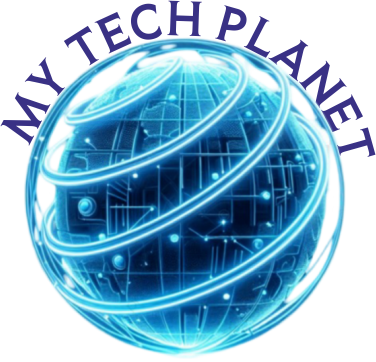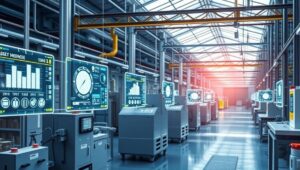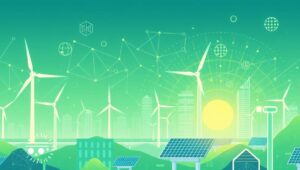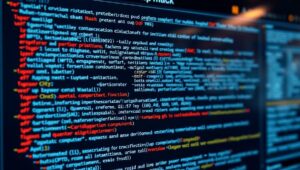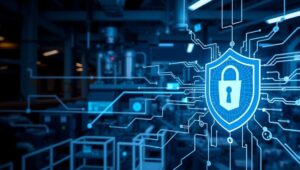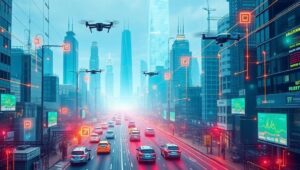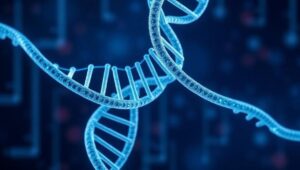May 18, 2025
Personalized Wearable Experiences Tailored to Your Life (2026)
Personalized Wearable Experiences Tailored to Your Life (2026) The year is 2026, and wearable technology has moved far beyond simple fitness trackers. Today’s wearables are deeply integrated into our lives, offering personalized experiences tailored to individual needs and preferences. This article explores the cutting-edge advancements and potential future of personalized wearable technology. The Evolution of Wearables From basic step counters, wearables have evolved to sophisticated devices capable of monitoring a wide range of biometric data, including heart rate, sleep patterns, blood glucose levels, and even stress levels. The integration of artificial intelligence (AI) and machine learning (ML) has enabled wearables
